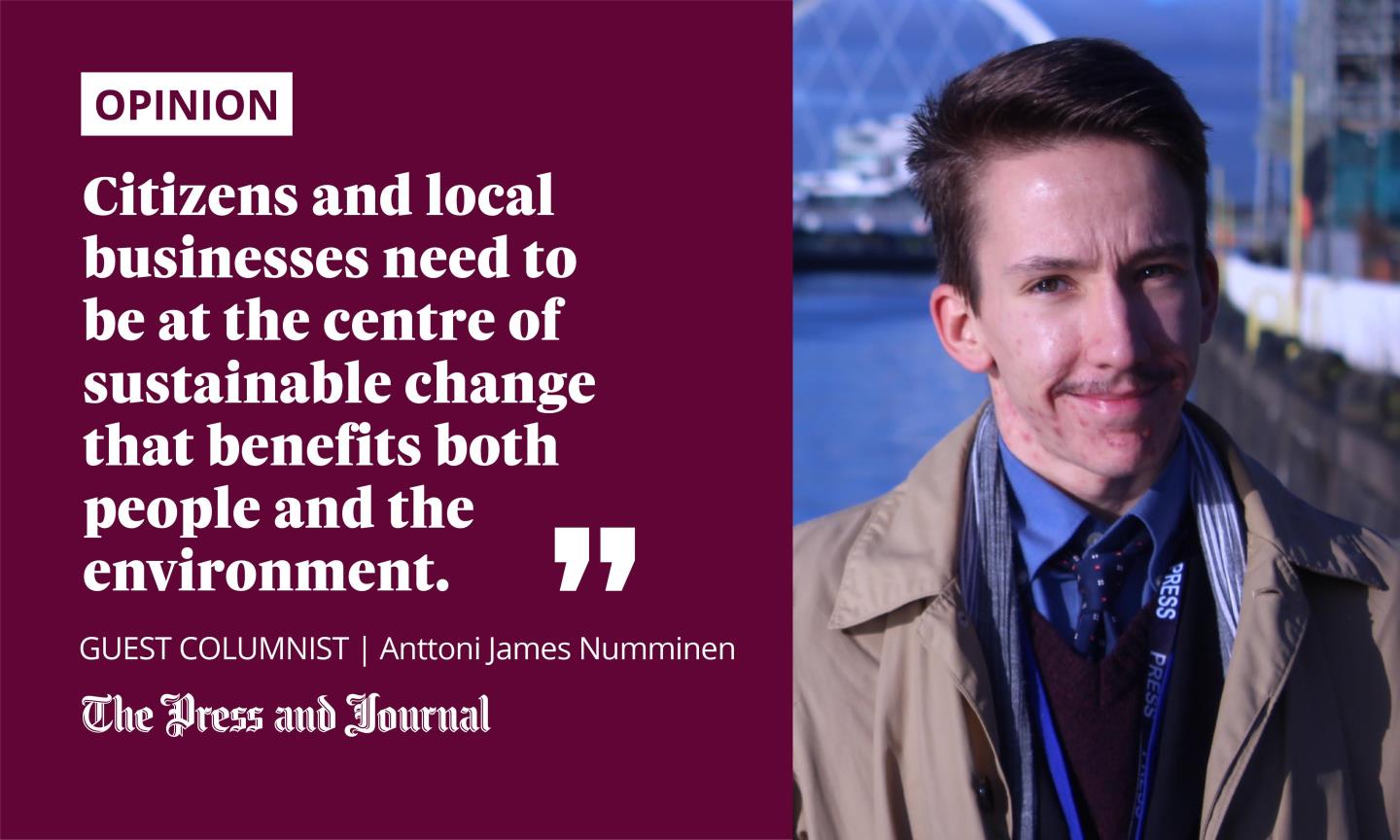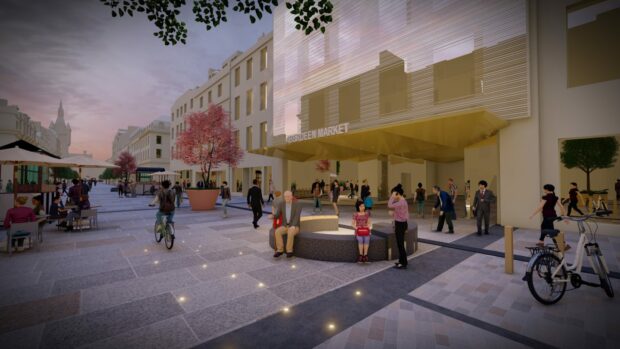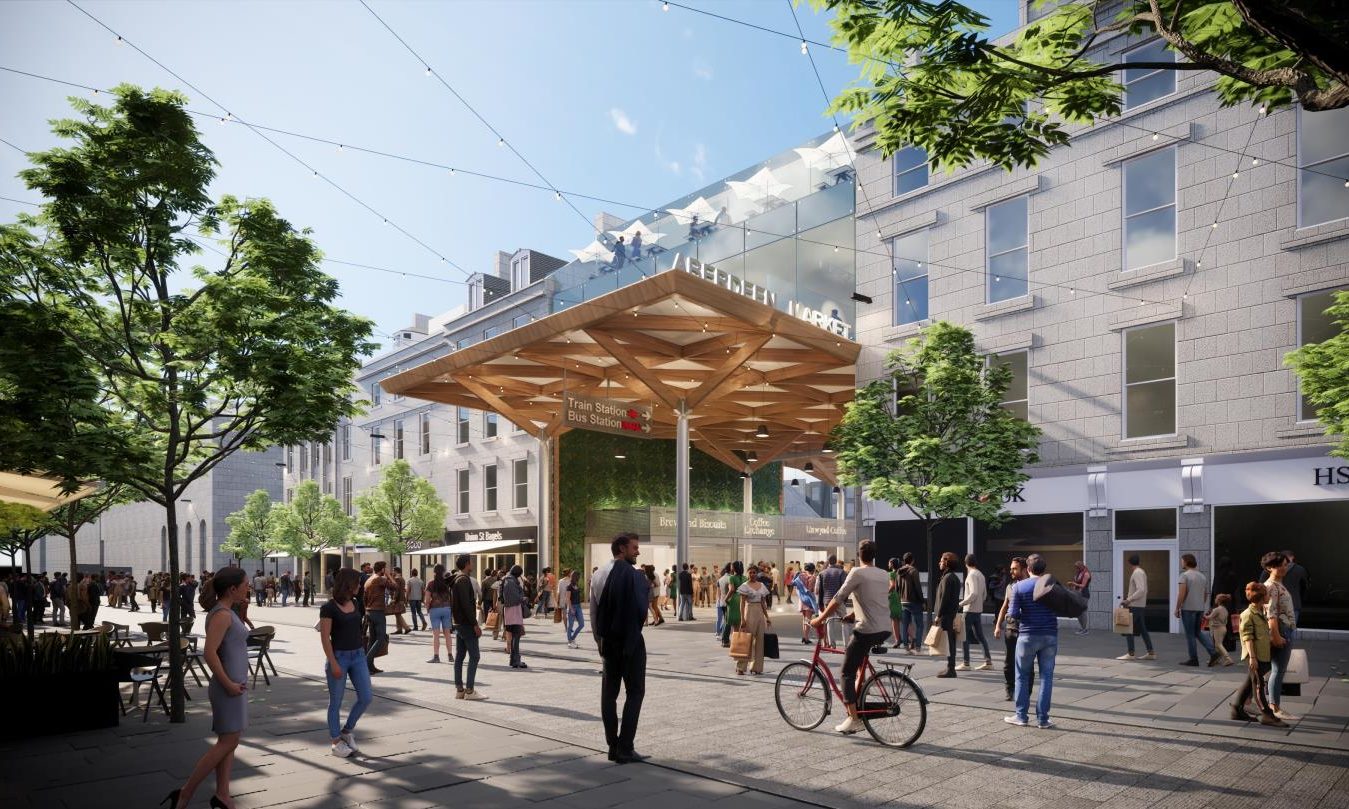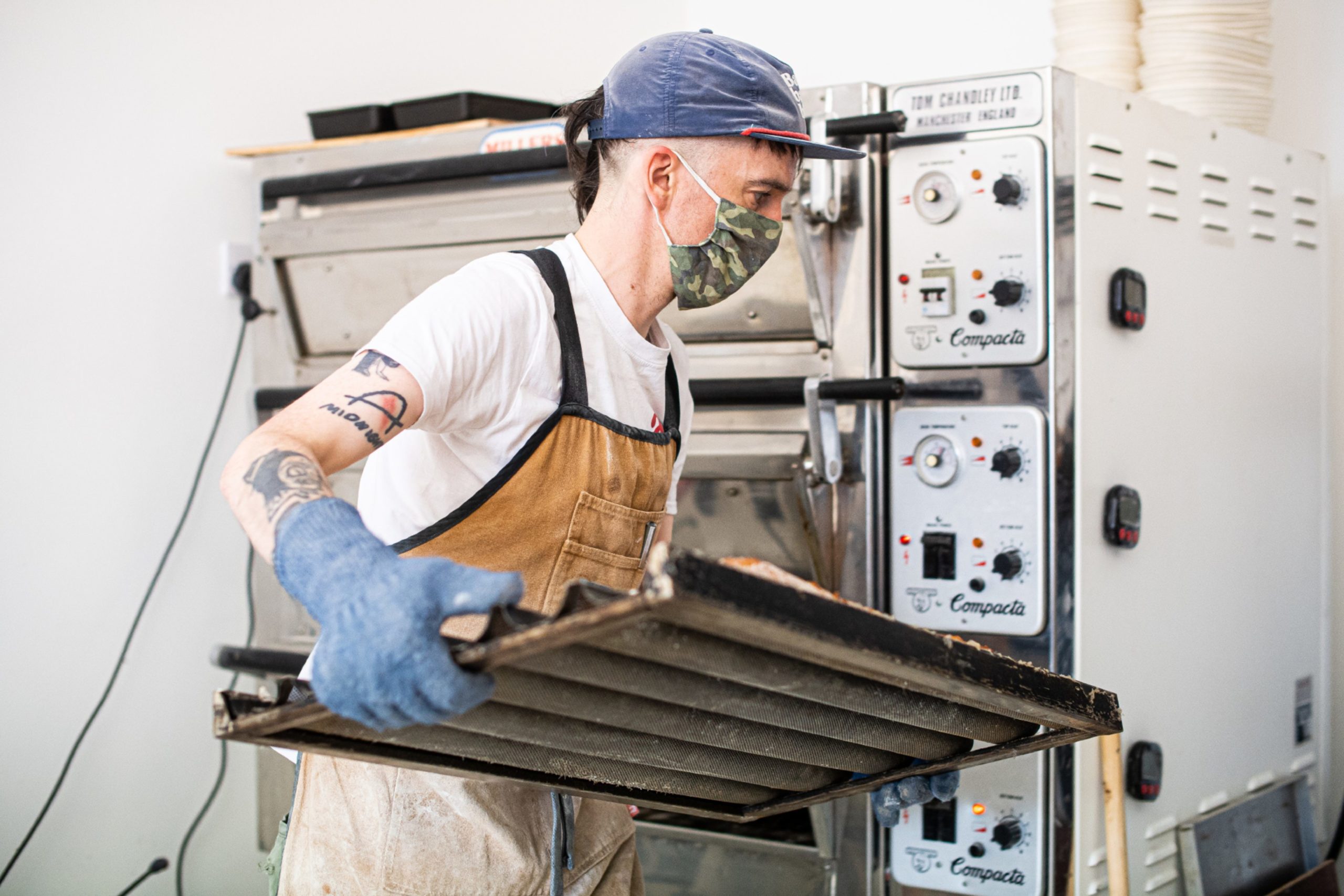Last week I was in Glasgow covering COP26 and, though progress is slow, at least countries and organisations have made some ambitious plans and commitments to give us a fighting chance in the future.
Unfortunately, however, this seems to be in stark contrast with the plans of Aberdeen City Council. While cities around the world are looking at ways of making their urban areas greener and achieving net zero emissions, the Granite City’s “masterplan” seems more like a scheme to trash its already less than masterly climate commitments.
Few can deny that change and regeneration are needed in the city centre and surrounding areas, but change just for the sake of it is not good enough.

Apart from increased pedestrianisation and a restricted use of vehicles, the current plan does not seem to fit in with the council’s green commitments. Council Leader Jenny Laing’s claim that Aberdeen aims to be a “climate positive city” is not very convincing while simultaneously approving massive construction works that will leave a considerable carbon footprint.
You would think that the environmental impacts of this proposed project have been given considerable thought, if only because of the rather visible climate discussions taking place elsewhere in Scotland. Alas, out of nearly a 100-page review, only two are given over to “Sustainability and Net Zero”.
Looking good should not be the main focus
In the 1970s, Aberdeen became the oil capital of Europe, almost by accident, with Dundee originally intended as the likely focal point of offshore production. It was a lucky break, and the oil and gas industry has undoubtedly helped Aberdeen in many ways.
This time around, there is no room for chance. If Aberdeen is to survive for the next 50 years, let alone prosper, it needs to take this issue by the scruff of its neck. That means not looking back and using 19th century designs for the beachfront, however aesthetically pleasing they might be, but instead looking forward and ushering in a new era of environmentally-friendly change and innovation.
Councillors should be proposing ambitious plans and debating over who has the most innovatory, unprecedented, and exciting ideas for a green new deal in Aberdeen. We should not settle for the bare minimum and managed decline to join the unfortunate fate of so many former industrial cities and towns in England.
Most of the young people I know in Aberdeen do not plan on staying in Aberdeen for long. Yes, the council has also proposed plans for a vibrant cafe culture to take hold of our granite streets and piazzas but, again, more than aesthetics is needed.
Investment in knowledge production and helping to shift jobs from oil and gas to emerging, green industries would be beneficial for both those transferring from old jobs and those just entering the job market.
Community-centred proposals are a must
You only need to look across from Marischal College to see what happens when a lack of innovation and forethought is allowed to take hold. Marischal Square is a testament to those hoping beyond hope that, somehow, oil and gas will come back and save us.
Needless to say, that did not work out very well.
This time around, it has been good to see the council at least trying to listen to what people would like to see changed in their city. It is a good start, but it needs to be followed up by action.
The apathy that exists between people and the bureaucracy is understandable, but changes come from dialogue, and that is a two-way street. Citizens and local businesses need to be at the centre of sustainable change that benefits both people and the environment.
Why not introduce schemes such as discounted business rates for high street shops that can prove they are on track to lower their carbon footprint? Or genuinely incentivised (and publicly owned) transport links that make it easy for residents to leave their cars at home and travel within the city from Union Street to the beach?
If we are going to be spending millions of pounds, we might as well make it worthwhile
Surely these are the types of community-centred proposals we should be talking about.
I think most people would agree that the city centre could with a sprucing up. And, while it is commendable that there are efforts to regenerate and improve Aberdeen’s looks, it is high time the council gets ambitious about its net zero policies and focuses on creating environmentally-friendly spaces that actually work for people and local businesses.
After all, if we are going to be spending millions of pounds, we might as well make it worthwhile. Aberdeen still has an opportunity to get ahead of the curve, so let’s not leave it to chance.
Anttoni James Numminen is a freelance journalist and editor-in-chief of Aberdeen University’s student newspaper, The Gaudie


